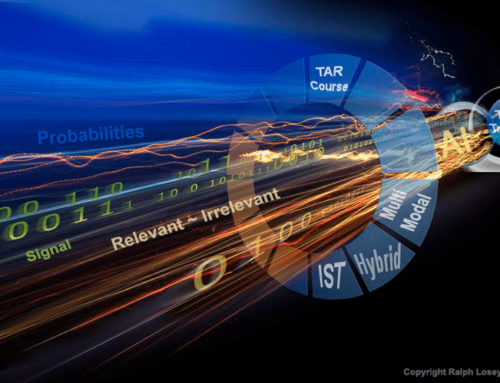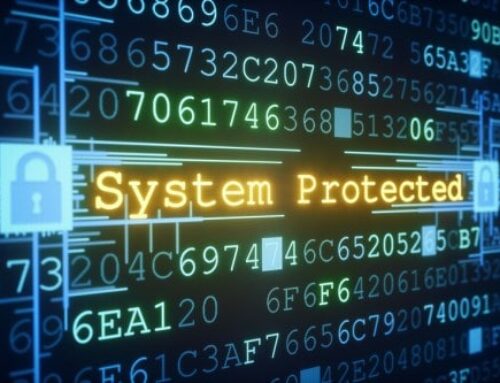Understanding Data – Part 2
Whether you are new to eDiscovery or a veteran, it’s always good to review the basics. Part 2 will focus on data.
There are two types of data – structured and unstructured. The difference is how each type of data is stored, generated, and interacted with. Structured data is found in complex applications and relation databases. Examples of these types of applications and databases are financial trading systems or customer relationship management systems. Unstructured data is basically everything else. It encompasses all user-generated information. User-generated information can be found in Word documents, emails, instant messages, and even memes. Most eDiscovery today tends to deal with unstructured data. The thing that unifies unstructured data is the lack of an overarching organizational structure. That means each piece of ESI (electronically stored information) stands alone and isn’t dependent upon a larger system.
So where do you find relevant data? The answer to that question is constantly evolving as ESI has become more complex. Some of the most common and prevalent places to search are company supplied computers, tablets and mobile devices, third-party applications, cloud backups, company shared drives and backups, and legacy backup devices.
Another common question is how big is a gig of data? Again, there is no simple answer. Factors such as data compression, file type, and format composition of a dataset impact the overall number of documents in a gigabyte (GB). If a dataset is mostly emails, then a GB is expected to have a larger data volume than a dataset with large Excel spreadsheets and PDFs. Industry consenus is 10,000 documents (if the dataset is mostly email) and as low as 3,000 documents (if the dataset is comprised of mostly large data volume file types). However, this is not a set rule and should only be considered a guide.
Understanding data and how it is constantly changing is an integral part of a long, successful career in the eDiscovery industry.
For more Tidbits & Thoughts, please click here.






